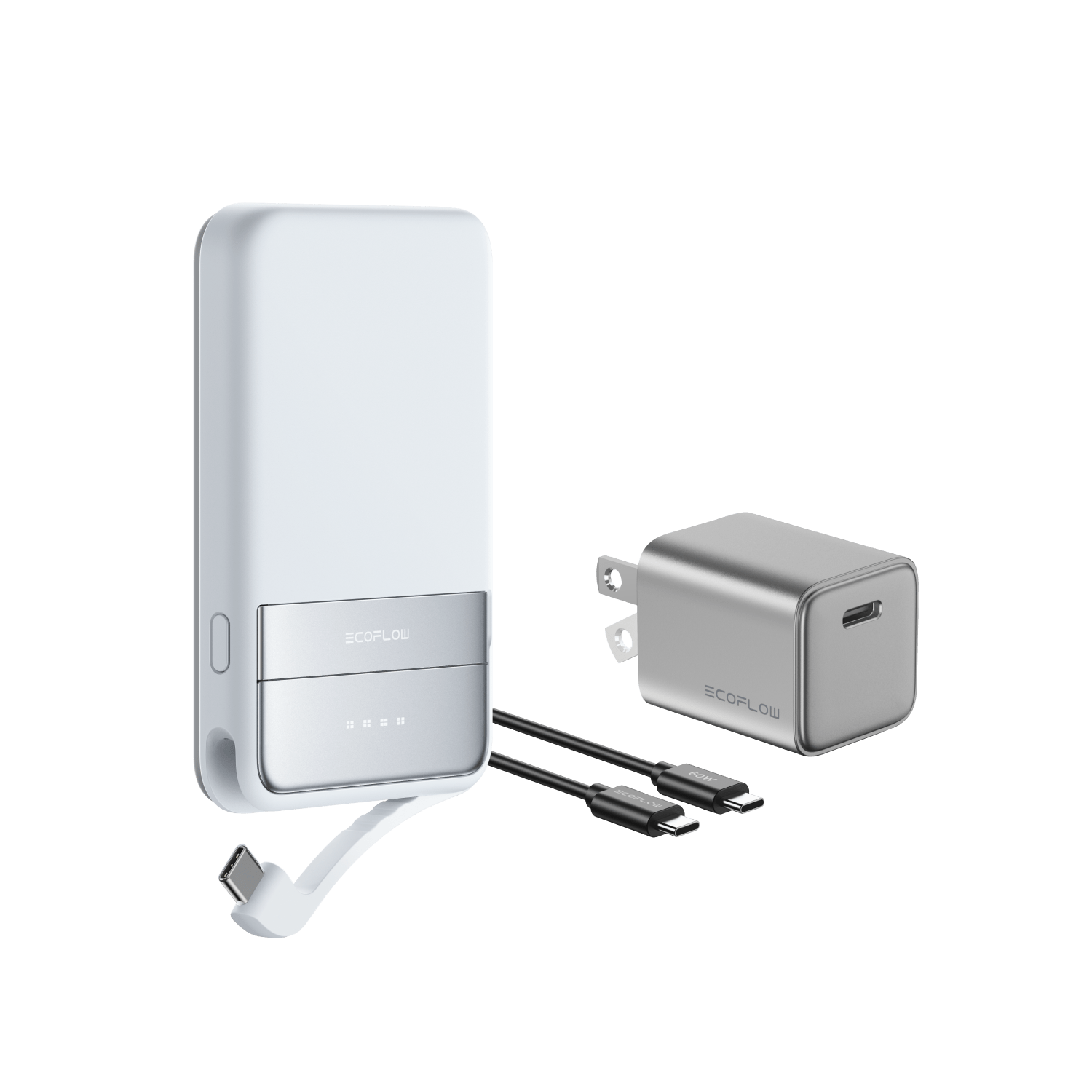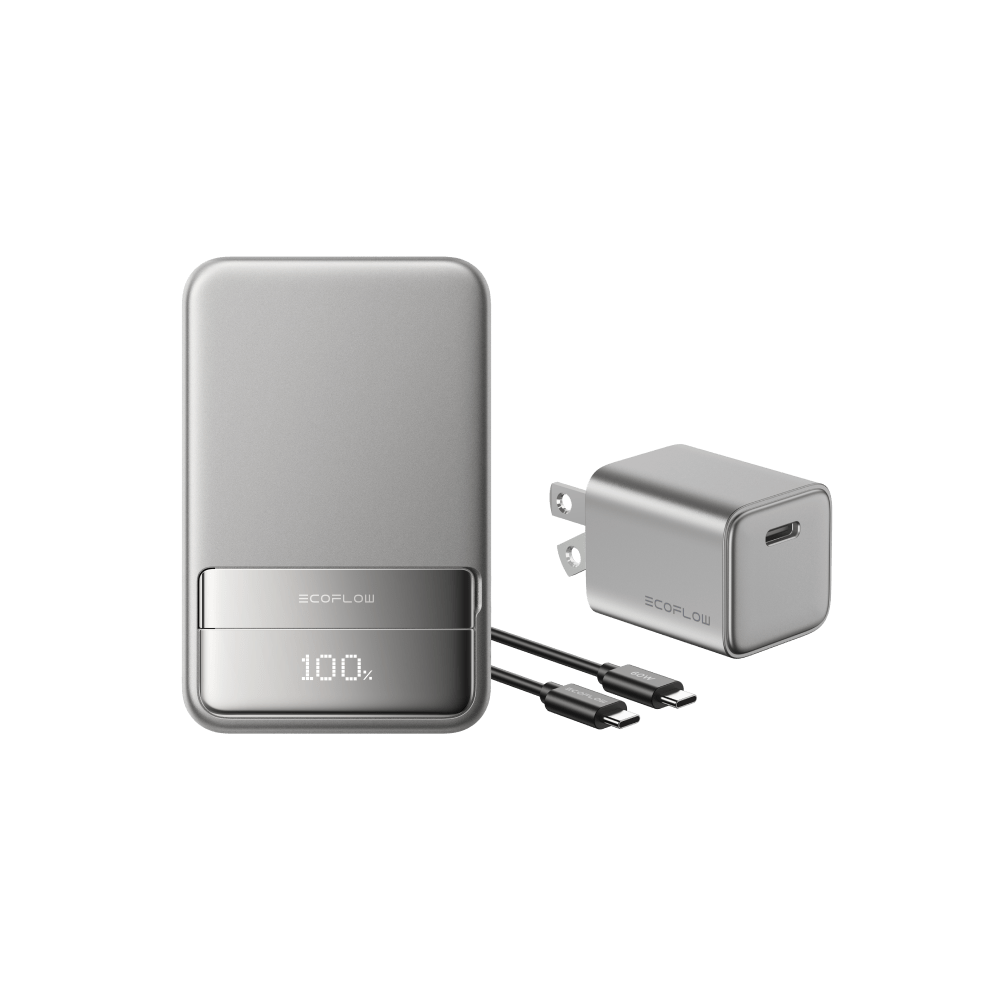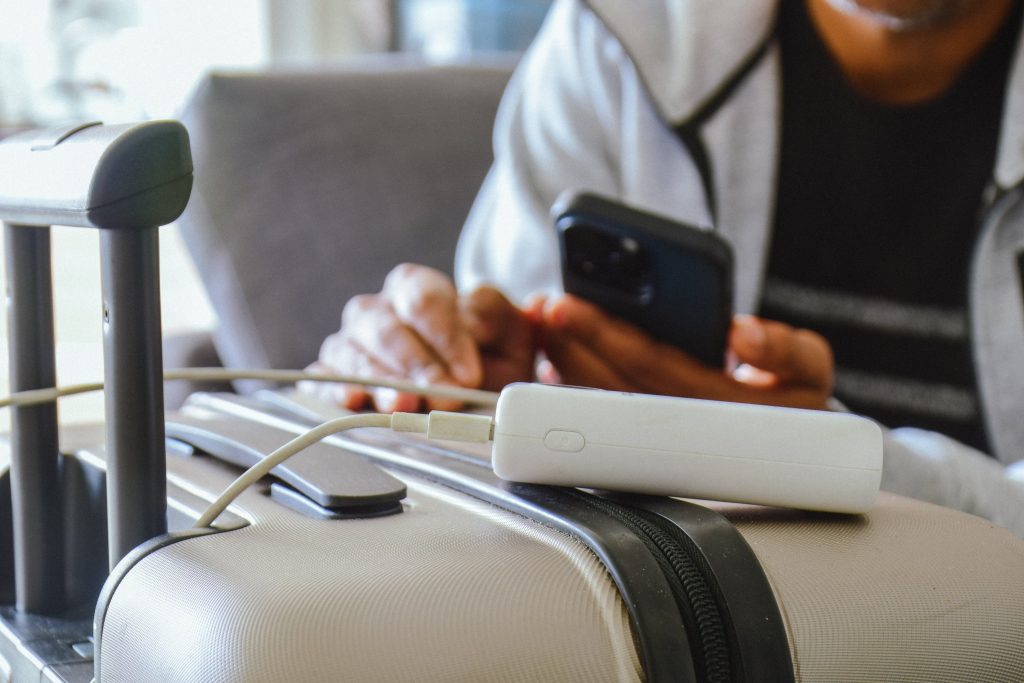Picture this: You’re halfway through your dream vacation when your smartphone dies right before capturing that perfect sunset photo. We’ve all been there – frantically searching for a power outlet or realizing too late that our power bank is depleted. In today’s connected world, running out of power while traveling isn’t just inconvenient; it can disrupt your entire journey, from missing important navigation cues to losing touch with loved ones.
While power banks seem like a simple solution, travelers often make crucial mistakes that turn these portable lifesavers into travel headaches. Understanding these common pitfalls and knowing how to choose and use power banks effectively can make the difference between staying connected and being stranded. Let’s explore how to master your mobile power strategy and ensure you never miss another memorable moment due to a dead battery.
Critical Power Bank Mistakes Every Traveler Makes
Ignoring Airline Capacity Restrictions
Many travelers unknowingly violate airline regulations by carrying power banks exceeding the 100 watt-hour limit. The common confusion between milliamp-hours (mAh) and watt-hours (Wh) leads to costly mistakes at security checkpoints. To calculate watt-hours, multiply voltage by amp-hours (mAh/1000). Most airlines strictly enforce these limits, resulting in confiscation of non-compliant devices.

Underestimating Actual Power Needs
Travelers often misjudge their device power consumption during trips. A smartphone typically requires 2-3 full charges daily when used for navigation, photography, and communication. Factor in tablets, cameras, and other devices, and your power needs can triple. Peak usage scenarios like long-haul flights or remote locations demand additional capacity planning. Leading manufacturers like EcoFlow have developed power banks specifically designed to meet these intensive travel demands while maintaining airline compliance.
Overlooking Environmental Factors
Battery performance significantly degrades in extreme conditions. Cold temperatures below 32°F reduce capacity by up to 50%, while heat above 95°F can permanently damage cells. High humidity environments risk internal corrosion, and altitude changes affect charging efficiency. Protection against these elements is crucial for reliable performance.
Compromising on Safety Certifications
Choosing uncertified power banks poses serious risks. Look for UL, CE, or RoHS certifications that ensure proper safety testing. Cheap alternatives often lack essential protection circuits, leading to overheating, short circuits, or even fire hazards. Recent incidents of battery fires on aircraft highlight the importance of verified safety standards.
Smart Selection: Choosing Your Ultimate Travel Power Bank
Capacity vs Portability Balance
When selecting a travel power bank, finding the sweet spot between capacity and portability is crucial. For air travel, aim for power banks between 20,000-26,800mAh (72-96Wh) to maximize capacity while staying within airline limits. Consider that every 10,000mAh adds approximately 200g to your carry weight. The ideal balance typically lies in the 20,000mAh range, offering enough power for multiple device charges while remaining manageable in your daypack.

Essential Port and Speed Considerations
Modern travelers need versatile charging capabilities. Look for power banks featuring USB-C Power Delivery ports delivering at least 60W output for laptop charging. Multiple USB-A ports rated at 18W or higher ensure simultaneous charging of phones and tablets. Quick-charge compatibility with major standards (QC 4.0, PD 3.0) reduces charging times by up to 70%. Smart power distribution technology prevents overloading when charging multiple devices.
Durability and Weather Resistance
Travel conditions demand robust protection. Seek power banks with at least IP54 rating for dust and splash resistance. Impact-resistant corners and reinforced ports prevent damage from inevitable drops. Premium models feature temperature regulation systems and short-circuit protection. For adventure travelers, consider models with IP67 rating, ensuring full protection against dust and temporary water immersion. Silicone port covers and aluminum casings provide additional durability without excessive bulk.
Optimizing Power Bank Usage During Travel
Packing and Transportation Protocols
Always pack power banks in carry-on luggage, as they’re prohibited in checked bags. Store them in dedicated padded compartments to prevent impact damage. Keep terminals covered with original caps or electrical tape to prevent short circuits. Maintain a minimum 20% charge during transport to preserve battery health. When going through security, place power banks separately in screening bins alongside other electronics.
Charging Efficiency Techniques
Maximize power bank efficiency by charging devices between 20% and 80% battery levels, where charging speeds are fastest. Enable airplane mode while charging to reduce power consumption. For overnight charging, use built-in timing features to stop charging at 80%, preventing unnecessary cycle wear. Connect high-drain devices like laptops directly to wall outlets when available, saving power bank capacity for mobile situations.
Maintenance for Longevity
Preserve power bank lifespan by storing at 40-60% charge when not in use for extended periods. Clean connection ports monthly using compressed air and alcohol wipes. Avoid exposing to direct sunlight or extreme temperatures. Perform a full charge cycle every three months to recalibrate battery indicators. Regular firmware updates ensure optimal charging algorithms and compatibility with new devices. Replace power banks showing signs of swelling, excessive heat during charging, or significant capacity loss.
Emergency Power Strategies for Travelers
Multi-Device Management
When power resources become scarce, implement a strategic device prioritization system. Reserve power for essential communication and navigation devices first, typically your smartphone. Set non-critical devices like tablets and cameras to extreme power-saving modes or shut them down completely.
Disable background apps, location services, and push notifications on all devices. For smartphones, maintain a 30% emergency reserve by setting battery alerts at this threshold. Consider carrying a basic backup phone with exceptional battery life for emergency calls only.
Alternative Charging Options
Diversify your charging options beyond traditional power banks. Portable solar chargers can provide reliable backup power during daylight hours – look for compact, foldable panels rated at least 15W. When using public charging stations, always connect through a USB data blocker to prevent security risks. Hotel business centers, airport lounges, and transportation hubs often offer secure charging points.
In remote locations, vehicle charging adapters can serve as emergency power sources. For extended trips, consider local portable battery rental services available in many tourist destinations. Remember that many cafes, libraries, and community centers worldwide offer free charging stations – map these locations in advance for your destination.
Mastering Travel Power Management
The difference between a seamless travel experience and a frustrating one often comes down to how well you manage your power needs. By avoiding common pitfalls like airline regulation violations and inadequate capacity planning, you can ensure your devices stay powered throughout your journey.
Remember that investing in quality power solutions provides peace of mind through reliable, safe, and efficient charging. Whether you’re a frequent business traveler or an occasional adventurer, implementing proper power bank selection, maintenance, and usage strategies will keep you connected when it matters most.
Take action today by reviewing your current power bank setup against these guidelines, and consider upgrading to a solution that matches your travel needs. With the right preparation and tools, you’ll never have to miss another perfect moment due to a dead battery.





















